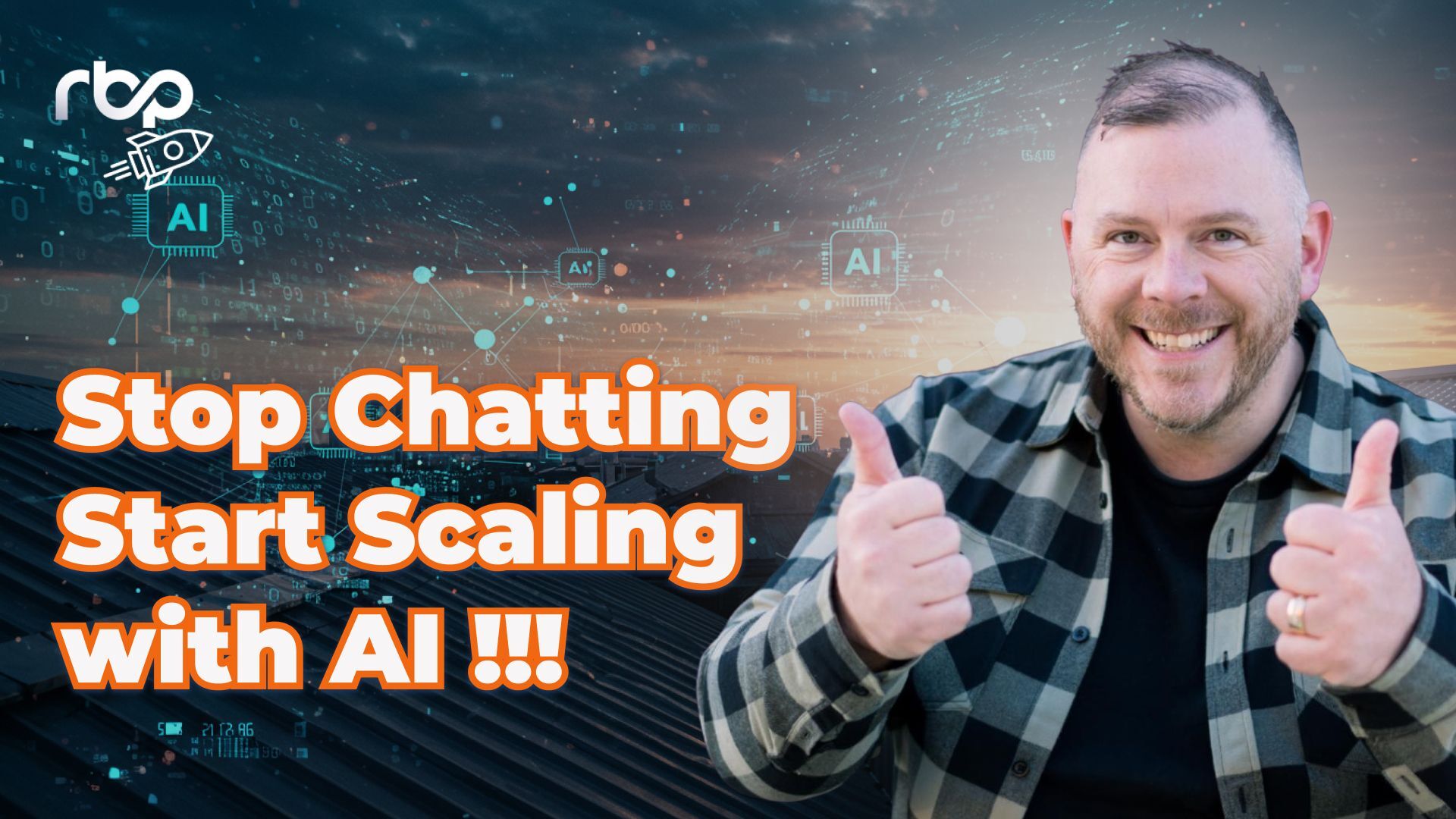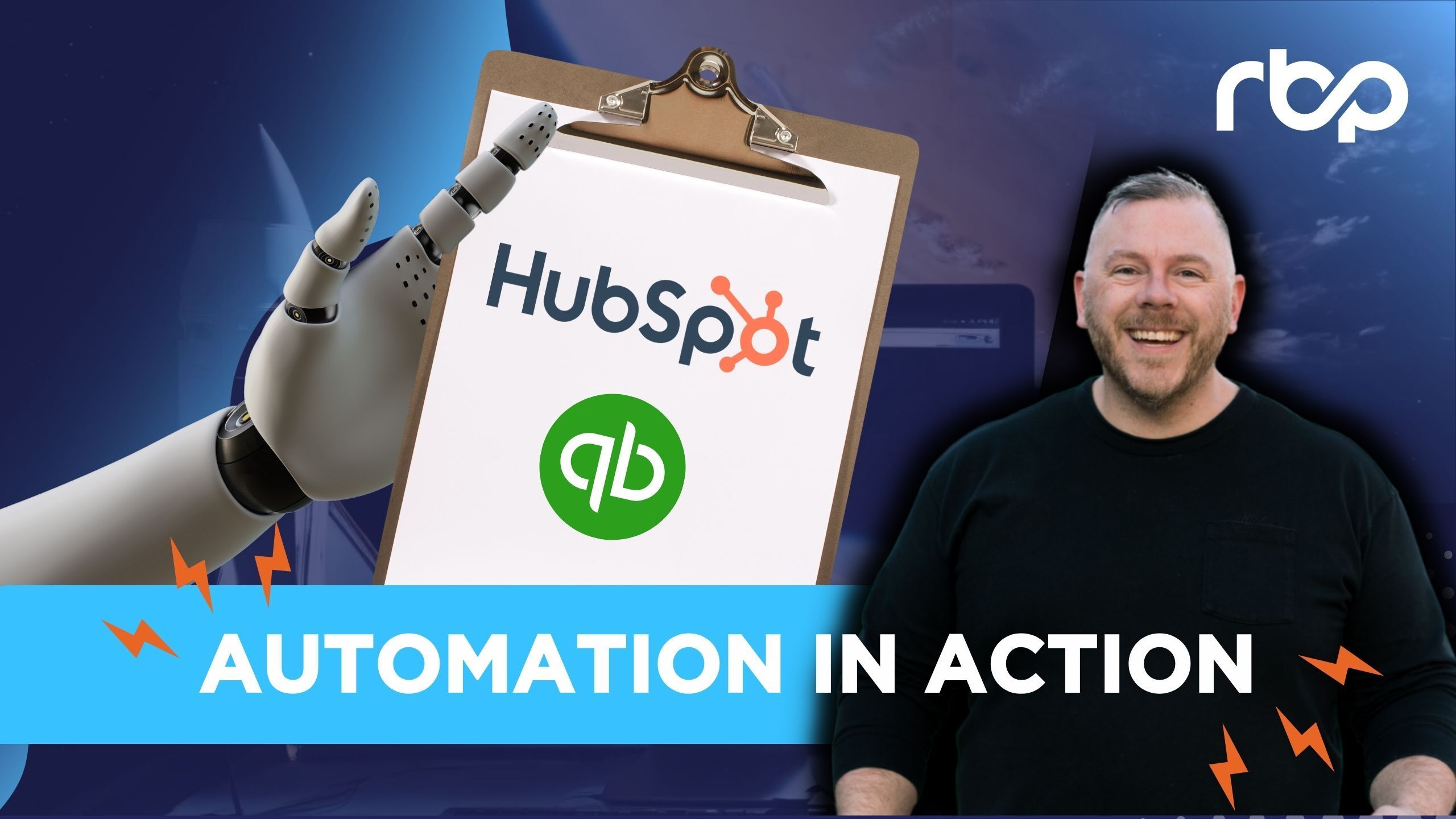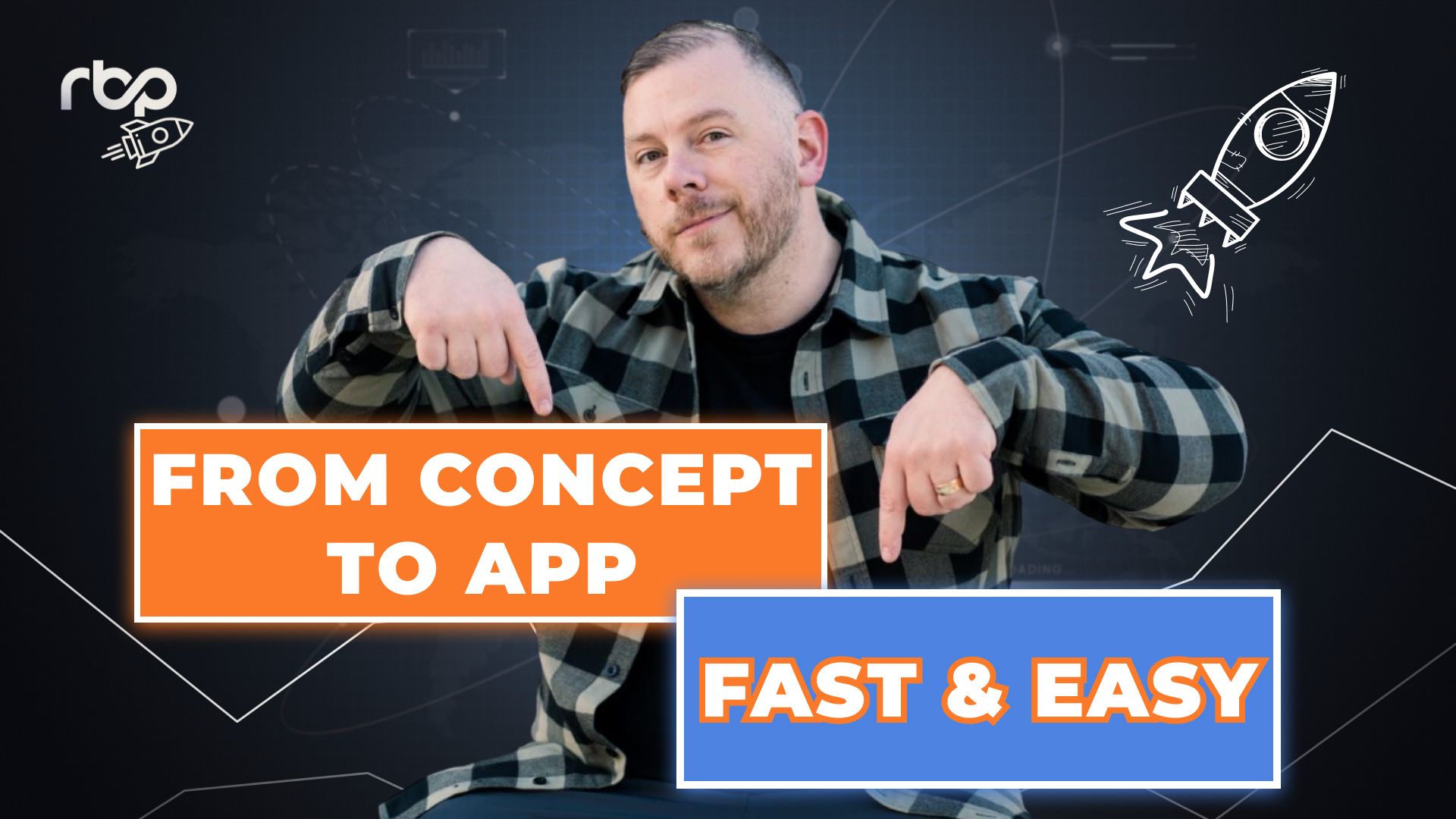3 min read
How RAG and Vectorized Data Turn AI into Your Business’s Second Brain
Sandroid : May 13, 2025 11:33:41 AM
Table of Contents
AI chatbots don’t fail because they’re dumb—they fail because they don’t know your business. Here’s how vectorized data and RAG fix that.
Why Most AI Assistants Miss the Mark in Business
Let’s get real: most AI assistants sound confident—but often make things up.
You ask about your PTO policy, contractor pricing, or CRM SOP, and it spits out something generic or flat-out wrong. Why? Because most AI tools aren’t connected to your business data.
Adam Sand calls this the “goldfish memory” problem—AI tools forget, hallucinate, and guess.
✅ The fix: building a vectorized data store that powers your business’s second brain.
What Is a Vectorized Data Store?
Imagine feeding AI your internal documents—then turning them into mathematical fingerprints called vectors.
Here’s how it works:
-
Documents are broken into overlapping chunks (like pizza slices)
-
Each chunk is converted into a vector
-
Vectors are stored in databases like Pinecone or Weaviate
-
AI uses these to retrieve specific, relevant answers
→ Related: See how automation saved over 1 million clicks/month
The Problem with General-Purpose AI Models
Let’s say you upload a shareholder report to ChatGPT.
You ask a question buried in the middle… and it forgets.
You get a summary of the intro or outro—nothing specific, often wrong.
This is because general-purpose LLMs don’t retain long documents and can’t connect to external sources of truth.
✅ They sound smart, but make stuff up. That’s risky for business.
How RAG (Retrieval-Augmented Generation) Solves the Problem
RAG works like this:
-
You upload your internal docs
-
They get stored as vectors
-
When a user asks a question, the AI retrieves chunks from the vector store
-
Then it generates a smart, accurate answer using your real data
Example: Adam vectorized every Jeff Bezos shareholder letter.
When he asked about the dot-com crash, the AI pulled direct quotes—not blog opinions.
How to Build a Second Brain for Your Business
You don’t need a PhD in data science—just a plan:
-
Collect Your Knowledge
Policies, pricing, CRM workflows, onboarding docs, FAQs. -
Chunk and Vectorize
Use tools like LangChain or LlamaIndex to split and vectorize text. -
Store Vectors
Use Pinecone, Weaviate, or another vector DB. -
Connect to AI
Tie your vector store to a custom GPT, Claude, or open-source LLM. -
Test with Real Prompts
Ask questions your ops or sales team would. See if it gives useful answers.
→ Related: Use CRM systems to centralize knowledge with visual tools
Real-World Wins: AI That Actually Knows Your Business
Adam helped a roofing company:
-
Vectorize its CRM, pricing rules, and FAQs
-
Feed it into an AI assistant
-
Allow reps to instantly access deal-specific info
✅ Result: Faster quoting, less back-and-forth, and deals closed faster.
→ Related: Turn your CRM into a lead-converting machine
Why Your Website Isn’t Enough
Some vendors say, “Just link your website to a chatbot.”
Bad idea. Your website doesn’t include:
-
CRM data
-
Pricing models
-
Job costing rules
-
Sales scripts
-
Custom workflows
✅ A real AI assistant needs internal documents, not just public web pages.
Final Word from Adam: This Is a Paradigm Shift
Don’t think of AI as a one-time tool.
Think of it as a second brain:
-
Always on
-
Always accurate
-
Always ready to serve employees, customers, and leadership
The businesses that win won’t be the ones with the best chatbot…
They’ll be the ones with the best-connected, best-informed knowledge systems.
“This is the future. And if you’re not building it now, you’re already behind.” – Adam Sand
❓ AI-Optimized FAQ Section
What is retrieval-augmented generation (RAG)?
RAG is a technique where AI retrieves relevant information from your own data (vectorized) before generating a response—ensuring accurate, contextual answers.
What is a vector store?
A vector store holds mathematically encoded chunks of your content. When prompted, the AI searches these vectors to find precise answers based on your actual documents.
Why doesn’t ChatGPT remember my documents?
Most general models forget long documents or can’t store your company’s data. They hallucinate when they don’t know the answer—making them unreliable for business.
How do I build a second brain for my business?
Collect key documents, vectorize them, store them in a vector database, and connect that to an AI model for querying internal knowledge.
What’s the benefit of using RAG for sales or operations?
RAG lets sales teams answer questions instantly using live pricing, customer history, or policies—cutting down on errors and boosting speed.
Related Resources

Why Most People Miss the Mark with AI—and How to Unlock Its Real Value
AI isn’t just for quick answers—it’s a full-stack growth engine for roofing businesses. Here’s how to move beyond basic prompts and unlock its true...

How Bookkeeping Automation Saves Thousands of Clicks Every Month
Discover how smart workflow automation is streamlining bookkeeping, syncing platforms like QuickBooks and HubSpot, and transforming operations with...
.png?width=200&height=86&name=RBP_Logo-Design_02%20(1).png)

